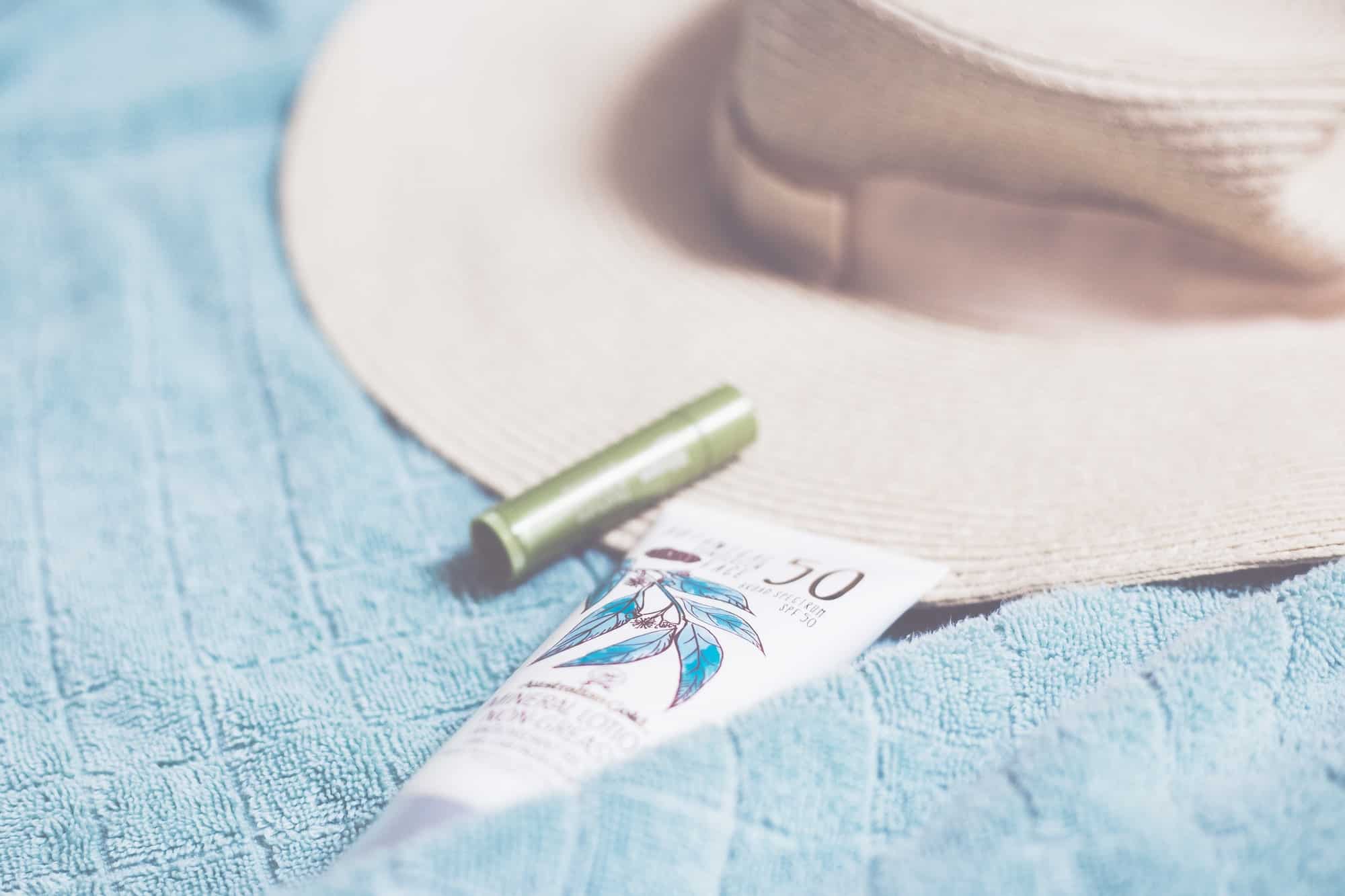Sunlight can be both an ally and an enemy to the artists and their creations. While it provides natural light, which is often the best for creating art, it can also cause damage to materials and finished artworks. The UV rays can fade colors, deteriorate materials, and cause other harmful effects. So, when you’re setting up your home art studio, one of the crucial aspects to consider is the window treatments. They can regulate the light coming in, block harmful UV rays, provide privacy and even add an aesthetic element to your workspace.
Choosing the Right Window Shades
The first line of defense against harmful UV rays is your window shades. When choosing the right shades for your home art studio, there are several factors to consider. The type of art you create, the materials you use, and even the direction your windows face can all influence your decision.
Sujet a lire : What’s the Best Layout for a Home Recording Studio with Acoustic Treatment?
There are various types of window shades available, from traditional blinds to modern smart shades. One of the more popular options among artists is solar shades. These are designed specifically to block UV rays, reduce glare, and control light without entirely blocking the view. They are typically made from a specially designed mesh fabric that can block between 90% to 99% of UV rays.
If your studio is in a room that gets a lot of sun, you might also consider blackout shades. These block all light from entering the room, providing total control over the lighting conditions. They also offer the added benefit of insulation, helping to keep the room cool in the summer and warm in the winter.
A lire aussi : How Can You Design an Inviting Front Porch with Curb Appeal?
Window Film for UV Protection and Privacy
Another option for UV protection is window film. Available in a variety of tints, designs and degrees of transparency, window films can provide a cost-effective and versatile solution. They are made from thin layers of polyester or vinyl that can be applied directly to the glass.
UV-blocking window film can block up to 99% of UV rays, helping to protect your art materials and finished works from fading and other damage. They also reduce heat, helping to maintain a comfortable temperature in your studio.
Many artists also value their privacy, especially when their studio is at home. This is another area where window films can be beneficial. Reflective or frosted films can obscure the view into the room, providing privacy without sacrificing natural light.
Considerations for Different Rooms
Depending on the location of your home art studio, different treatments may be more suitable. A studio in a converted kitchen or bathroom may have different needs to one in a dedicated room, or a corner of a living area or office.
In a kitchen or bathroom, moisture resistance is a key consideration. Aluminum blinds or vinyl window films are both suitable options, as they are resistant to humidity and easy to clean.
If your studio is in a room with large windows, such as a converted living room, you might want a combination of treatments. For example, you could use UV-blocking film for constant protection, and add adjustable blinds or shades for when you need to control the light levels more precisely.
Where to Find Window Treatments
When it comes to purchasing your window treatments, there are several reliable sources. Home improvement stores and specialty window treatment shops are traditional options. Contractors can also be a good resource, as they often have relationships with suppliers and can help with installation.
For those who prefer shopping online, Amazon and Houzz both have extensive ranges of blinds, shades, and window films. They also offer user reviews, which can be helpful when choosing between options.
Adding the Finishing Touches
Once you’ve chosen and installed your window treatments, it’s time to consider the lighting conditions in your art studio. Even with the best window treatments, there might be times when you need more light, especially on cloudy days or at night.
Wall and ceiling lights can provide general illumination, while task lighting, such as adjustable desk lamps, can give focused light where it’s needed most. For the best color accuracy, look for lights with a high Color Rendering Index (CRI).
Remember, your art studio is not only a place for work. It’s also a space for inspiration and creativity. The design of your window treatments can contribute to the overall atmosphere in the room. Don’t be afraid to choose options that reflect your personal style and make you feel comfortable and inspired.
Tips for Installing Window Treatments in Home Art Studio
As you consider your window treatment choices, the manner of installation is equally important. This includes deciding between interior and exterior window treatments and understanding how to effectively use static cling technology.
Interior window treatments, like privacy film or roller shades, are installed inside the room on your glass window. They’re often easier to install and adjust, and offer a wide variety of style options. Whether you want a minimalistic, modern vibe with sleek roller shades, or a cozy, traditional feel with wood blinds, there’s an interior window treatment to match your home office aesthetic.
Exterior window treatments, on the other hand, are installed outside the window. They’re typically more durable and can provide better heat control, making your studio more energy efficient. However, they may require professional installation, and your choices may be limited by your home’s exterior design and local regulations.
Static cling technology allows for easy installation and removal of window film. No adhesive is needed; the film simply ‘clings’ to the window due to the static charge between the film and the glass. This makes it easy to change your window film if you want to update your studio’s look or swap to a different type of film.
Don’t forget to consider the window’s function and accessibility when installing your treatments. For example, if your studio has windows that open, be sure to install your window treatments in a way that doesn’t obstruct their operation.
Conclusion: Creating an Ideal Art Studio with Right Window Treatments
The ambiance of your home art studio significantly affects your productivity and creativity. Hence, choosing the right window treatments is critical to creating a conducive environment. It’s not just about blocking UV rays and controlling light, but also about enhancing your privacy, ensuring energy efficiency, and creating a space that reflects your personal style.
Whether you opt for roller shades, roman shades, window tint or privacy film, ensure it serves the dual purpose of practicality and aesthetics. An ideal window treatment should efficiently block harmful UV rays, provide optimal lighting, and enhance the overall aesthetics of the room. Wood blinds or blackout shades can provide room darkening effects for better concentration, while a window film can offer heat control for a cooler workspace.
Remember to consider the specific needs of your studio’s location. A kitchen dining area converted into a studio will need moisture-resistant treatments like aluminum blinds or vinyl film.
Lastly, don’t forget the importance of good lighting. Pair your window treatments with suitable indoor and outdoor lighting. Keep an eye out for high CRI lights for more accurate colors, and consider adding accent lights for a warm, inviting atmosphere.
With the right window treatments and lighting, you can create a home art studio that is not only functional but also inspiring. After all, as an artist, your workspace is your sanctuary. Therefore, it should be a place that fuels your creativity and allows you to produce your best work. Hunter Douglas once said, "Light, when scattered by a cloud, can produce a grey that is sometimes absolutely fabulous." It’s in your hands to control and play with that light to create your fabulous art studio.











